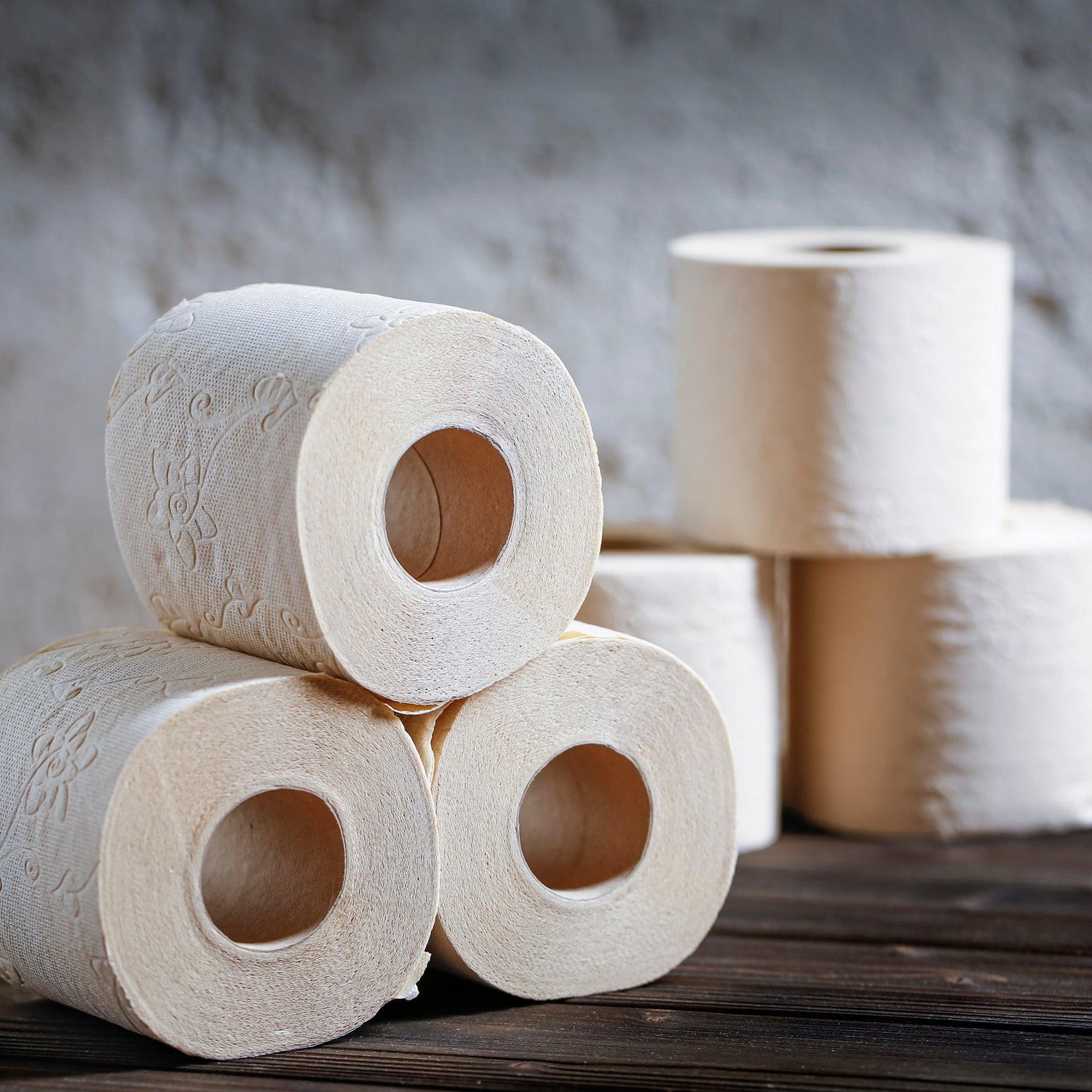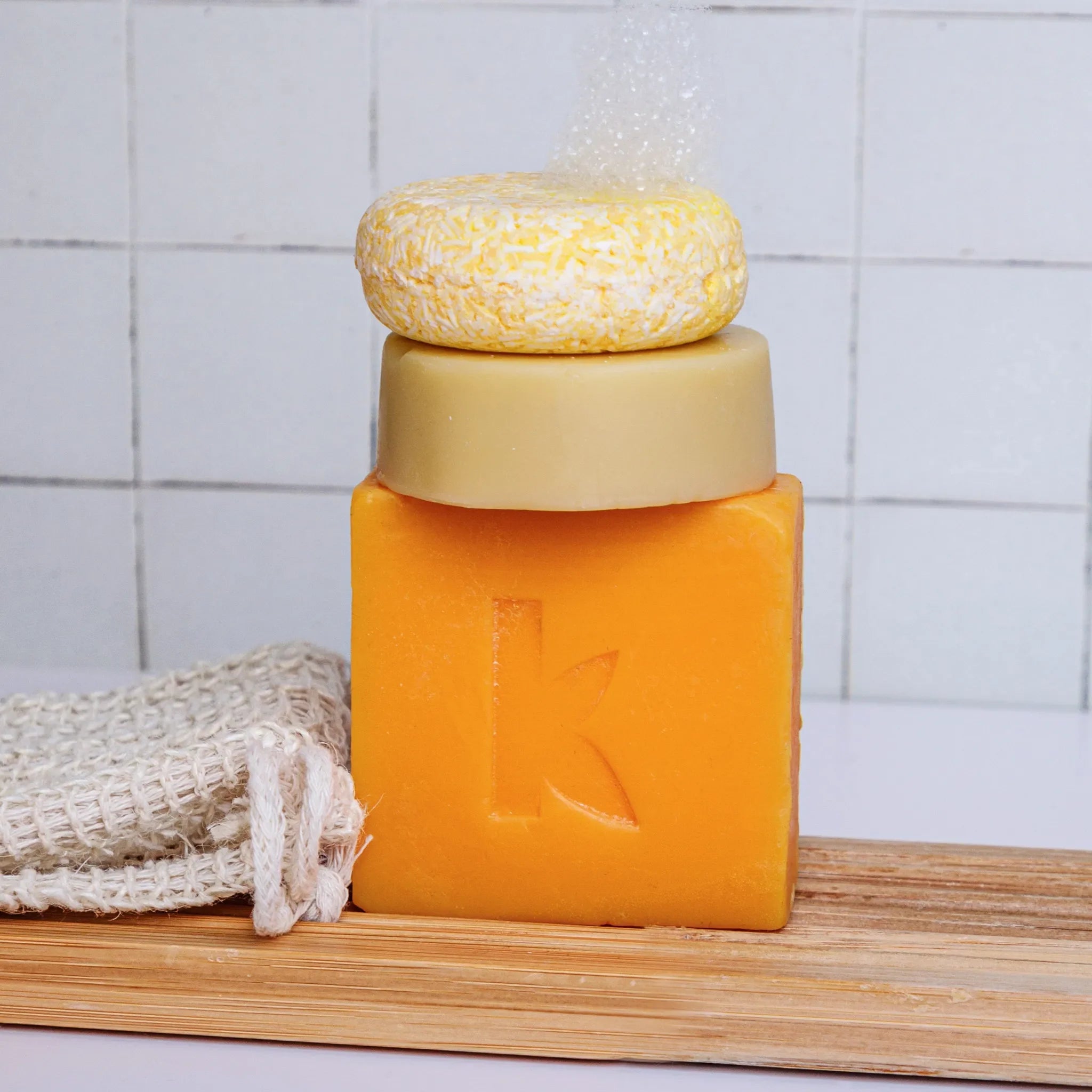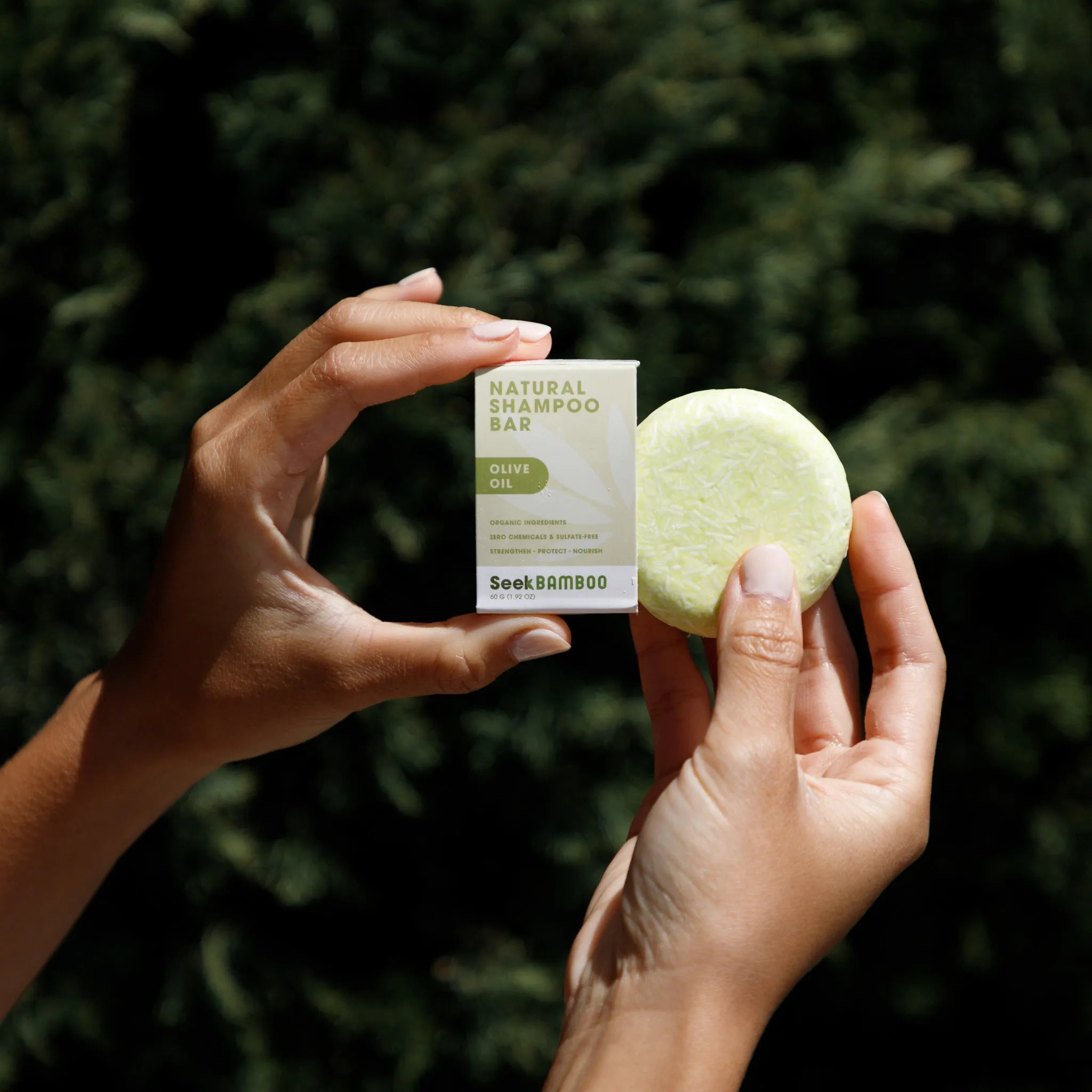We may not know it but there are several types of toilet paper we could use including both bleached and unbleached versions. The most notable difference between bleached versus unbleached toilet paper is their health effect. The chlorine used to bleach toilet paper can cause toxins to enter the body through the wiping process. This can lead to serious medical issues if they enter the bloodstream. Further, unknown fragrances can cause serious allergic reactions. We should consider all factors involved in bleaching before buying a standard toilet paper brand. Unbleached bamboo toilet paper is our safest option.
How Is Bleach Used In The Production Of Toilet Paper?
Bleaching is the process of turning pulp white to improve printing qualities and absorbency. Bleaching also removes certain impurities from the finished paper sheet, reducing stray dark colored particles. There are concerns about bleaching's environmental consequences. Bleaching affects paper qualities beyond whiteness and/or brightness. If toilet paper makers ignore the impact of the bleaching process it results in increased operational costs, corrosion failures, and regulatory issues.
Why Is Bleach Used In Traditional Toilet Paper?
Paper is mostly created from wood, and in its natural state, the color is brown. We all have seen brown paper bags and cardboard boxes; this is the true color of unbleached paper. To alter paper color from brown to white, it must be bleached, which is where the issues begin. There are several methods for bleaching paper, some more environmentally friendly than others. However, the majority of bleached paper is treated with chlorine-based bleach.
Why Is Chlorine Bleach Used To Make Traditional Toilet Paper?
What is the purpose of chlorine? Chlorine bleaches paper extremely white and also eliminates lignin, a woody component found in wood pulp that causes yellowing of paper when exposed to sunlight, as happens with newspapers. Newspapers, by the way, are chlorine-free and can be used in compost bins, worm farms, and gardens. As chlorine attaches to carbon-based (organic) substances like lignins in wood pulp, it forms extremely toxic dioxins.
Why Are Dioxins Harmful?
Dioxins are categorized as persistent organic pollutants (POPs), which means they take a long time to degrade once in the environment and accumulate in living species, increasing their concentration and hence toxicity as they rise up the food chain. Dioxins are insidious environmental toxins that can linger for decades due to their persistence and bioaccumulation.
What About Recycled Toilet Paper?
Strong de-inking agents and harsh chemicals such as BPA are used in recycled toilet paper. We don't want these toxins touching our skin or contaminating our land and waterways. Bamboo, on the other hand, is naturally odor resistant, antibacterial and antifungal, and even hypoallergenic. This indicates that bamboo toilet paper has a considerably lower environmental impact than recycled paper. Bamboo is also the most suitable choice for those of us who have sensitive skin and want to avoid the discomfort of rashes and itching.
Does Bamboo Toilet Paper Use Bleach?
Unlike traditional toilet paper, bamboo toilet paper does not use bleach. Many of us experience skin sensitivity from time to time. The last thing we want or need is to hurt our sensitive skin by using abrasive toilet paper. Each three-ply bleach and BPA-free bamboo toilet paper sheet is soft, absorbent, and hypoallergenic, perfect for sensitive skin. It's comforting to know that bamboo toilet paper is free of harsh chemicals like bleach.
How is Bamboo Toilet Paper Made?
Bamboo toilet paper is created from a renewable resource that is safe for the environment. Bamboo is gathered and chopped to begin the process. It is then shredded and cooked in water to remove fibers before mechanically processing bamboo pulp. The bamboo pulp is compressed and dried into long sheets of toilet paper. After they reach the appropriate moisture level, they are sliced into smaller rolls of toilet paper and distributed and sold.
Is Bamboo Toilet Paper Better?
Trees provide a lot of our conventional toilet paper. Every day, the same trees that help stabilize soil, absorb excess water, keep our towns cooler, and give us a significant percentage of the oxygen we breathe are literally flushed down the toilet. Bamboo toilet paper, on the other hand, is created from bamboo, a fast-growing plant that requires less water to thrive and can be collected again. This suggests that bamboo is a preferable material to employ to construct a product that we will only use once and then throw away. Bamboo toilet paper is an excellent alternative to living a more ecological lifestyle and running a more sustainable household.
Seek Bamboo loves bamboo toilet paper. Our 3-ply bamboo toilet paper is the perfect mix of soft and sturdy TP. It's something you have to experience yourself. If you are interested in learning more about why bamboo toilet paper is a perfect eco-friendly toilet paper alternative. We wrote a blog on everything you need to know about bamboo toilet paper.




